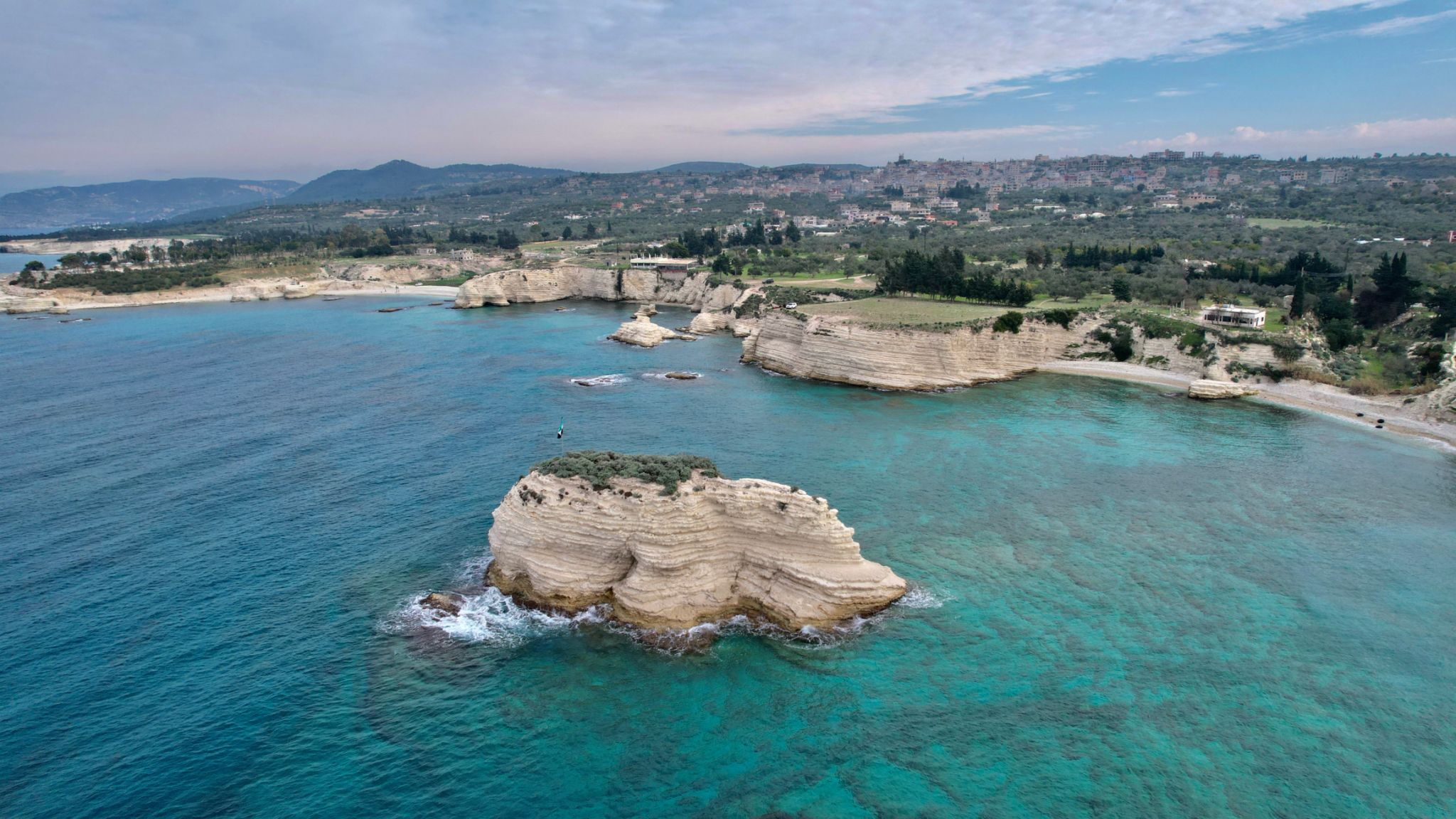Debunking Common Myths About Traveling in the Middle East
Understanding the Real Middle East
When it comes to traveling in the Middle East, many potential travelers are often deterred by misconceptions and myths. These misconceptions can overshadow the beauty, culture, and history that the region has to offer. In this blog post, we'll take a closer look at some of these myths and debunk them, inviting you to explore the Middle East with an open mind.

Myth 1: The Middle East Is Not Safe for Tourists
One of the most common myths is that the Middle East is entirely unsafe for travelers. While it's true that certain areas may experience instability, the region is vast and diverse, comprising multiple countries with varying levels of safety. Countries like the United Arab Emirates, Jordan, and Oman are known for their security and hospitality. It's important to research specific destinations rather than generalizing the entire region.
Myth 2: The Middle East Is Just Desert
Another prevalent misconception is that the Middle East is nothing but endless desert. While the region does boast stunning deserts, such as the Rub' al Khali and Wadi Rum, it also offers a wide range of landscapes. From the lush mountains of Lebanon to the picturesque coastline of Oman, the Middle East is rich in geographical diversity.

Myth 3: Cultural Experiences Are Limited
Some travelers believe that the Middle East lacks cultural experiences beyond a few historical sites. In reality, the region is a treasure trove of cultural richness. You can explore ancient ruins in Petra, vibrant bazaars in Istanbul, and the architectural marvels of Isfahan. Each country offers unique traditions, music, art, and culinary delights.
For those interested in history, the Middle East is home to some of the world's oldest civilizations, providing ample opportunities for exploration and learning. The blend of ancient and modern cultures creates a dynamic and enriching experience for any traveler.

Myth 4: Language Barriers Are Insurmountable
Many fear that language barriers might make travel difficult in the Middle East. While Arabic is the most widely spoken language, English is also commonly understood in major cities and tourist areas. Moreover, locals are often eager to assist visitors and appreciate any effort to learn basic Arabic phrases.
In tourist-friendly locations like Dubai, English is predominantly used in signage and communication, making navigation easy for English-speaking travelers. Language should not be a deterrent to exploring this fascinating region.
Myth 5: Traveling Is Expensive
Some assume that traveling in the Middle East is prohibitively expensive. While certain cities like Dubai may be known for luxury, there are plenty of affordable options available throughout the region. Budget-friendly accommodations, public transportation, and street food make it possible to explore without breaking the bank.
Many countries offer diverse options that cater to different budgets, allowing travelers to enjoy their trip without financial strain. Planning ahead and exploring lesser-known destinations can further enhance affordability.

In conclusion, the Middle East is a region full of surprises and warmth, waiting to be explored. By debunking these common myths, we hope to encourage more travelers to experience its beauty and hospitality firsthand. With proper research and an open mind, your journey through the Middle East can be both safe and unforgettable.